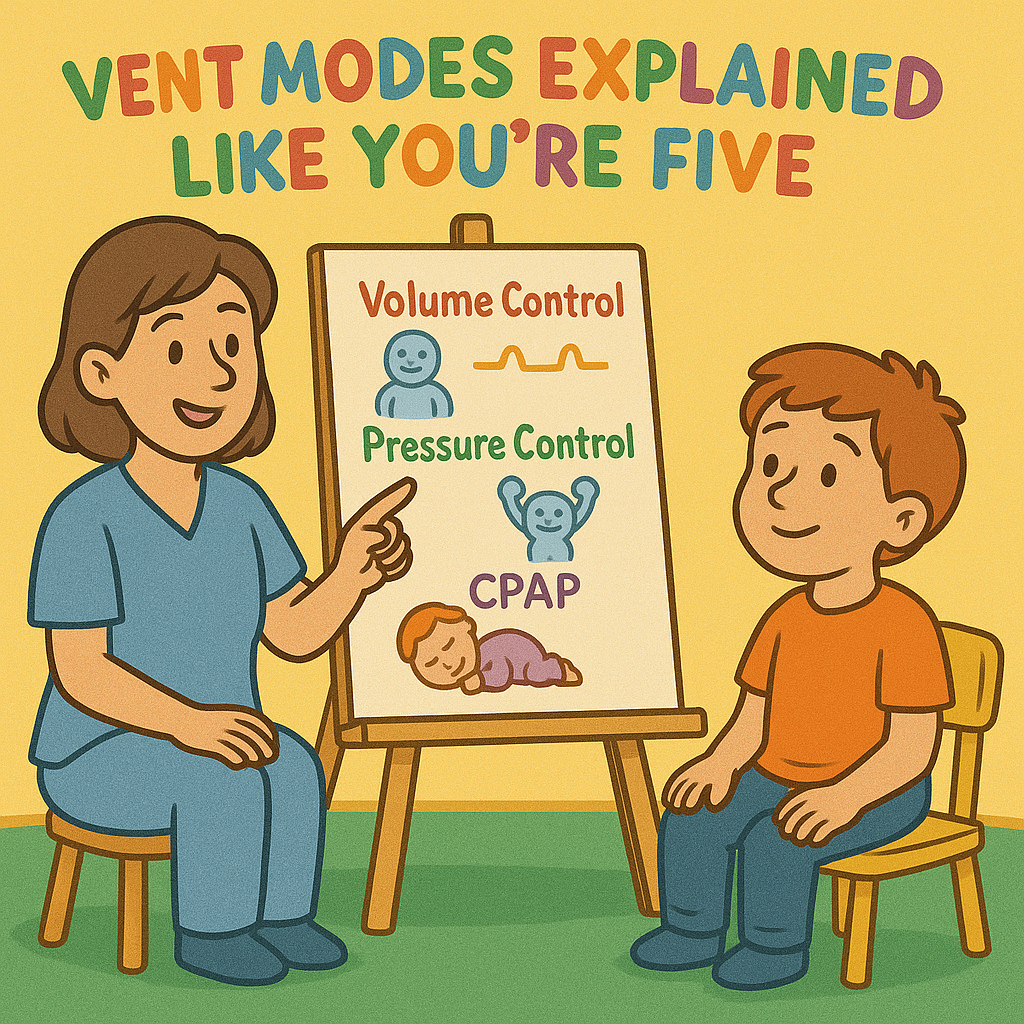VIKTORIA SCHULER
VIKTORIA SCHULER
Read More
VIKTORIA SCHULER
VIKTORIA SCHULER
Read More
VIKTORIA SCHULER
VIKTORIA SCHULER
Read More
VIKTORIA SCHULER
VIKTORIA SCHULER
Read More
VIKTORIA SCHULER
VIKTORIA SCHULER
Read More
VIKTORIA SCHULER
VIKTORIA SCHULER
Read More
VIKTORIA SCHULER
VIKTORIA SCHULER
Read More
VIKTORIA SCHULER
VIKTORIA SCHULER
Read More
VIKTORIA SCHULER
VIKTORIA SCHULER
Read More
VIKTORIA SCHULER
VIKTORIA SCHULER
Read More
VIKTORIA SCHULER
VIKTORIA SCHULER
Read More
VIKTORIA SCHULER
VIKTORIA SCHULER
Read More
VIKTORIA SCHULER
VIKTORIA SCHULER
Read More
VIKTORIA SCHULER
VIKTORIA SCHULER
Read More
VIKTORIA SCHULER
VIKTORIA SCHULER
Read More
VIKTORIA SCHULER
VIKTORIA SCHULER
Read More
VIKTORIA SCHULER
VIKTORIA SCHULER
Read More
VIKTORIA SCHULER
VIKTORIA SCHULER
Read More
VIKTORIA SCHULER
VIKTORIA SCHULER
Read More











